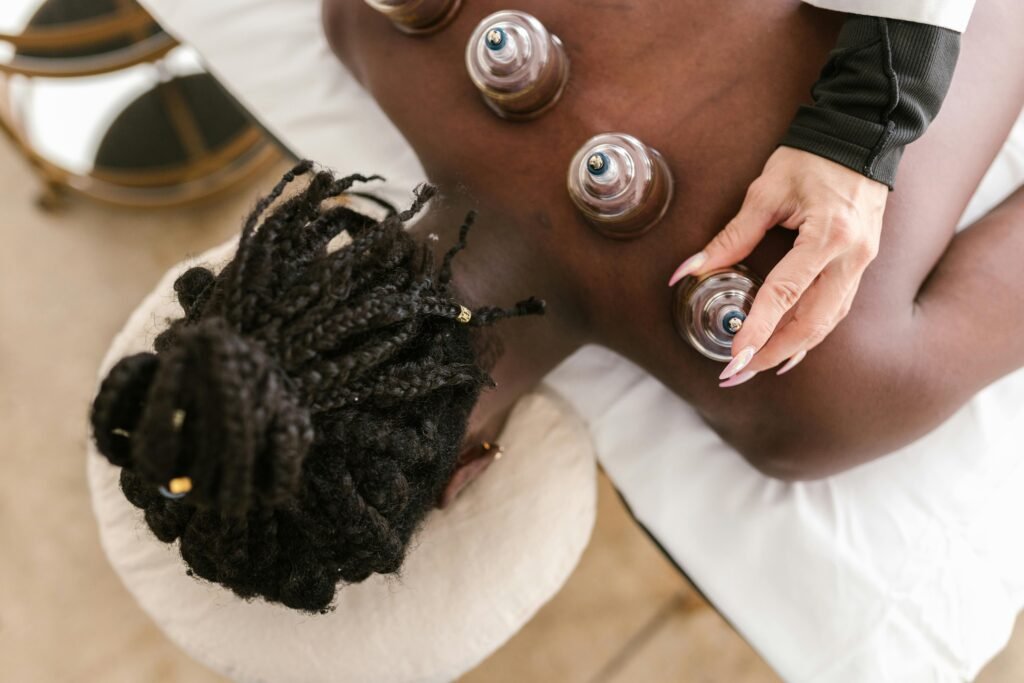Cupping therapy has become increasingly popular among athletes—and not just for the dramatic circular marks it leaves behind. Behind those visible signs lies a centuries-old recovery technique now embraced by some of the world’s top performers. But does it really help? The short answer: yes—and here’s how.
Cupping works by creating negative pressure on the skin using suction (traditionally via glass or silicone cups), which gently pulls muscle tissue upward. This stimulation increases blood flow, breaks up stagnant fascia, and encourages lymphatic drainage. For athletes, this means faster circulation of nutrients to tired muscles and quicker removal of inflammation-causing toxins.
Athletes often deal with microtears, tightness, and deep-tissue soreness from high-impact training. Unlike traditional massage that presses down on muscles, cupping decompresses the tissues, giving the body a different form of relief. This helps release muscular knots and encourages a wider range of motion—essential for mobility, flexibility, and long-term strength development.The body achieves what the mind believes—especially when it’s properly recovered

Cupping Therapy for Athletes –
Faster Recovery, Smarter Performance
Cupping therapy has quickly become a go-to tool for athletes looking to recover faster and move better. By using suction to lift muscle tissue, cupping increases blood circulation, reduces deep-tissue tension, and helps the body flush out built-up toxins from high-impact training.
Cupping works differently than traditional massage. Instead of pressing into the muscles, it gently pulls them upward, helping to release adhesions in the fascia and break up tightness that limits movement. Athletes who include cupping in their recovery routine often report feeling lighter, looser, and more flexible after sessions. When used alongside strength training, chiropractic care, and proper mobility work, cupping becomes part of a complete performance and recovery strategy.
Cupping isn’t just for relief—it plays a proactive role in enhancing mobility, preventing injury, and improving long-term athletic performance.
